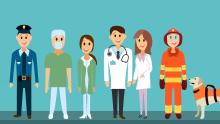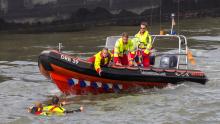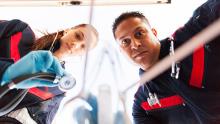
A lack of interoperability can leave Europe’s first response teams relying on basic safety equipment and their wits. The EU-funded Search and Rescue project developed a communications platform to help disparate teams effectively collaborate, sharing information and resources. The consortium also produced a range of technologies, from radiation sensors to a robotic sniffer dog.









